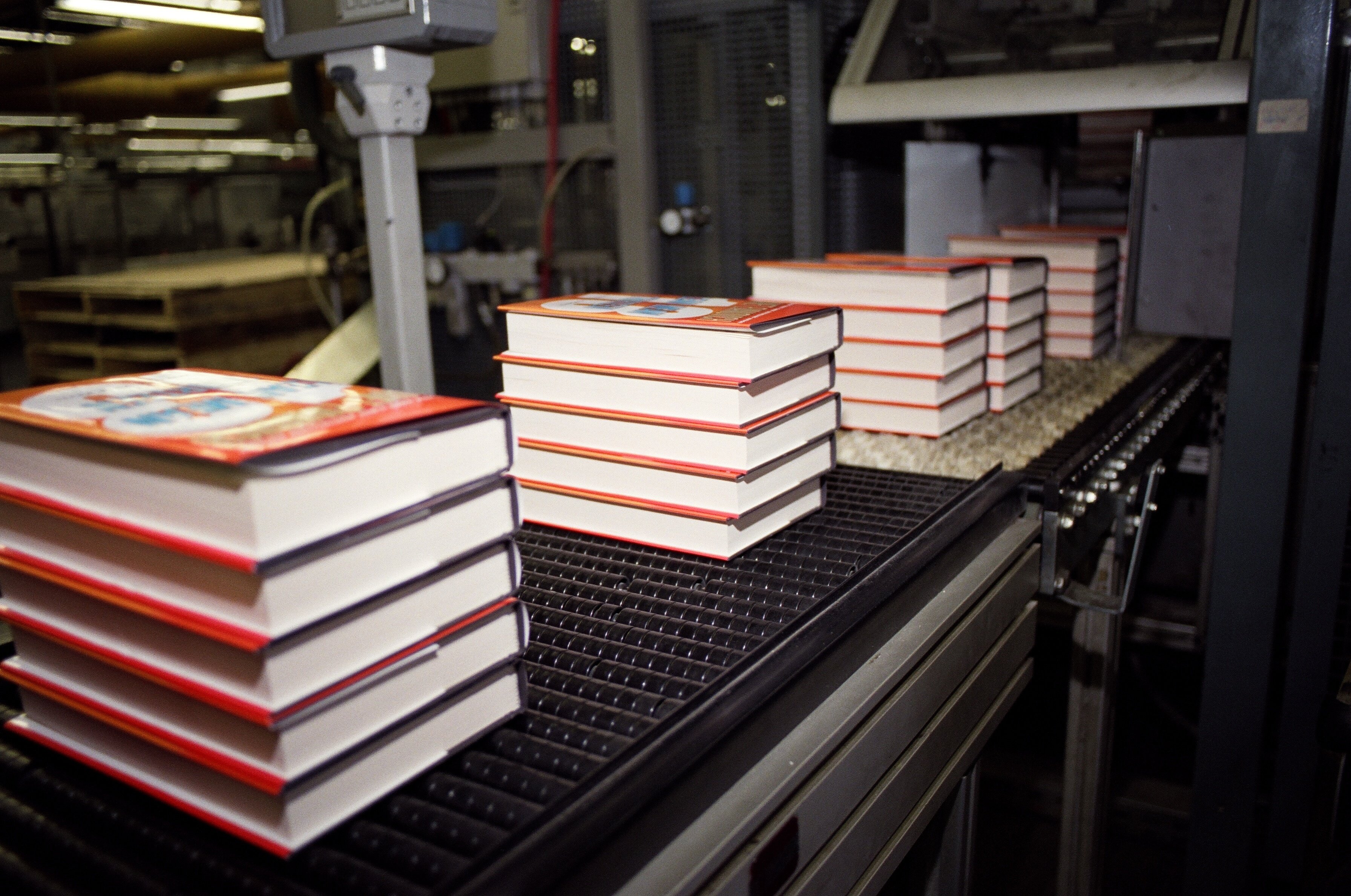Protein glues, also called jelly or cake glues, are used in many everyday applications like book binding, game board manufacturing, packaging, wood working and more.
The main ingredient in LD Davis protein glue is recycled scrap gelatin from pharmaceutical netting.
Gelatin is derived from collagen, hence the name ‘protein’ glue. Pharmaceutical and nutritional encapsulating companies normally dispose of their excess netting. Instead of this material going to waste, L.D. Davis is able to utilize it by recycling the gelatin for use in our adhesive products.
We have a number of high quality sources of recycled pharmaceutical and nutritional gelatin; which can come to us in the form of soft gel netting, or ground hard cap. Soft gel netting is what’s left over from the production of vitamin E and nutrition gel capsules. Ground hard cap is from excess pharmaceutical capsules. Besides gelatin, other raw materials used in the manufacturing process of protein glue are sugars, Epsom salt, water and glycerin.
Since all raw materials are 100% natural, all of our protein based porducts are biodegradable.
What book binding equipment is commonly used with protein glues?
- Crathern and S & S
- Horauf Universal
- Perfect Binders Machines
- Pot Devin Machines
- GP2 Technologies Inc.
- Sheridan Roll Feed Case Maker
- Stahl Case Maker
- Kolbus Case Maker
What are the benefits of using protein glues in bookbinding?
- Open time, tack level and viscosity easily adjusted to different running parameters
- Easy clean up with water
- Eco-friendly, biodegradable, recyclable and repulpable
- Water-soluble
- Forms a strong long-lasting bond
- Useful in “green” applications
- Application issues can be corrected by operators with temperature, dilution and application levels
Using quality protein bookbinding glue can be a major cost saver.







